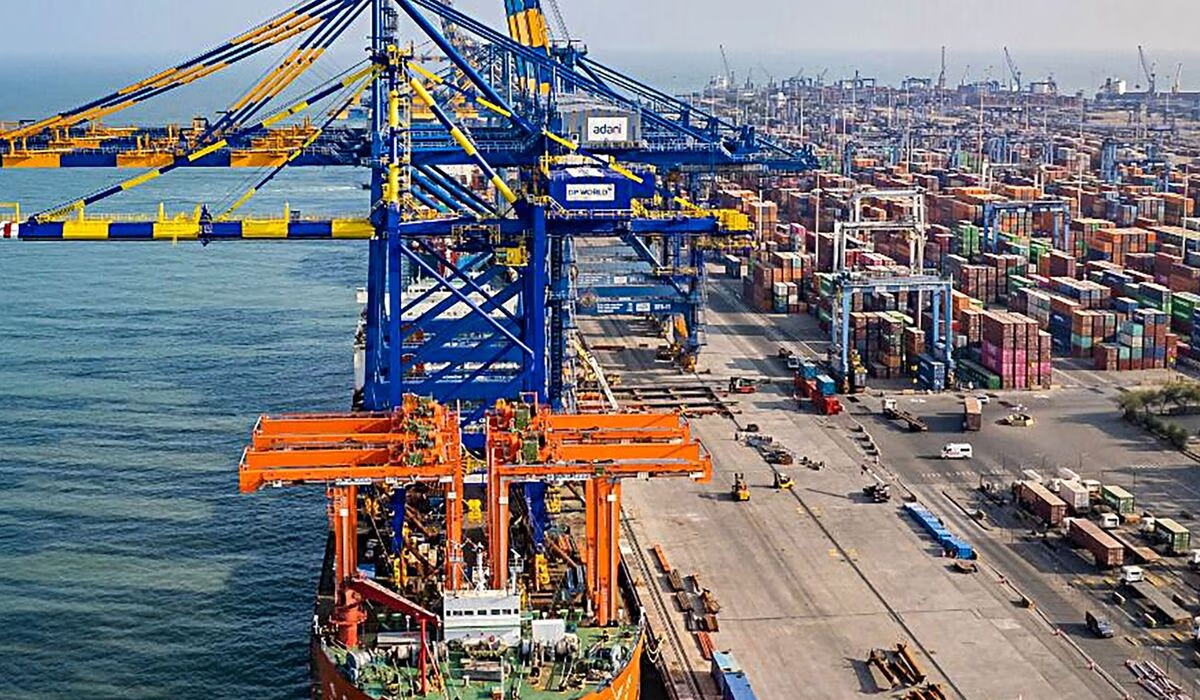
New Delhi: In the wake of the Red Sea crisis, air freight from India has more than doubled in recent months, positioning the country to meet its ambitious target of handling 10 million tonnes (MT) of air cargo by 2030-31.
India’s air freight peaked at over 3.5 MT in 2017-18 and, after a dip due to COVID-19, has climbed back to the same level.
Yashpal Sharma, president of the Air Cargo Forum of India (ACFI), emphasized the importance of resolving two key issues: reducing trans-shipment carriage times and allowing foreign freighter aircraft to serve multiple Indian cities.
“Less than 2 per cent of global freight moves by air. Following the Red Sea crisis, even a half-percent shift will significantly boost air cargo volumes. India has a vast opportunity but needs to address the challenges, especially speeding up trans-shipment, which currently takes 2-2.5 days,” Sharma said at the ACFI Annual Conclave 2024 in New Delhi on Thursday.
India’s air freight market is unique, with international imports, exports, and domestic cargo each constituting roughly one-third of the total volume. Currently, less than 15 per cent of air cargo is transported by freighter aircraft, with the majority carried in the belly of passenger planes.
Piyush Srivastava, senior economic advisor in the aviation ministry, noted the fluctuations in the number of freighter aircraft. “Before COVID, India had six freighter aircraft. This number rose to 28 during the pandemic, as airlines converted passenger planes for cargo use. Post-COVID, the number fell to eight but has now stabilized at 18,” Srivastava said.
He added, “The pandemic changed perceptions, making air cargo a more common choice, and highlighted the government’s steps to boost this sector, including allowing passenger-to-freighter (P2F) conversions.”
Despite these advancements, challenges remain. Surendra Kumar, joint secretary (logistics and trade) at the Department for Promotion of Industry and Internal Trade (DPIIT), pointed out that while 70 airports have cargo facilities, they are underutilized due to inadequate integration with other transport modes.
He emphasized the ongoing efforts to develop the sector and reduce logistics costs, noting that projects worth Rs 13.5 lakh crore under the PM Gati Shakti initiative would soon provide a major boost.
Post-COVID, the Red Sea crisis has accelerated the push for air cargo, with exports to key destinations such as the US, Canada, and Europe more than doubling.
In fiscal 2023, scheduled airlines transported nearly 698,000 metric tonnes of domestic cargo. India’s current air cargo handling capacity stands at around 6.5 million tonnes, with plans to construct new terminals and expand existing ones to meet the 10 MT target by 2030.
The ACFI projects that India’s air freight market, valued at USD 12.41 billion in 2023, will grow to USD 16.37 billion by 2027, with a compound annual growth rate (CAGR) of 5.7 per cent.
